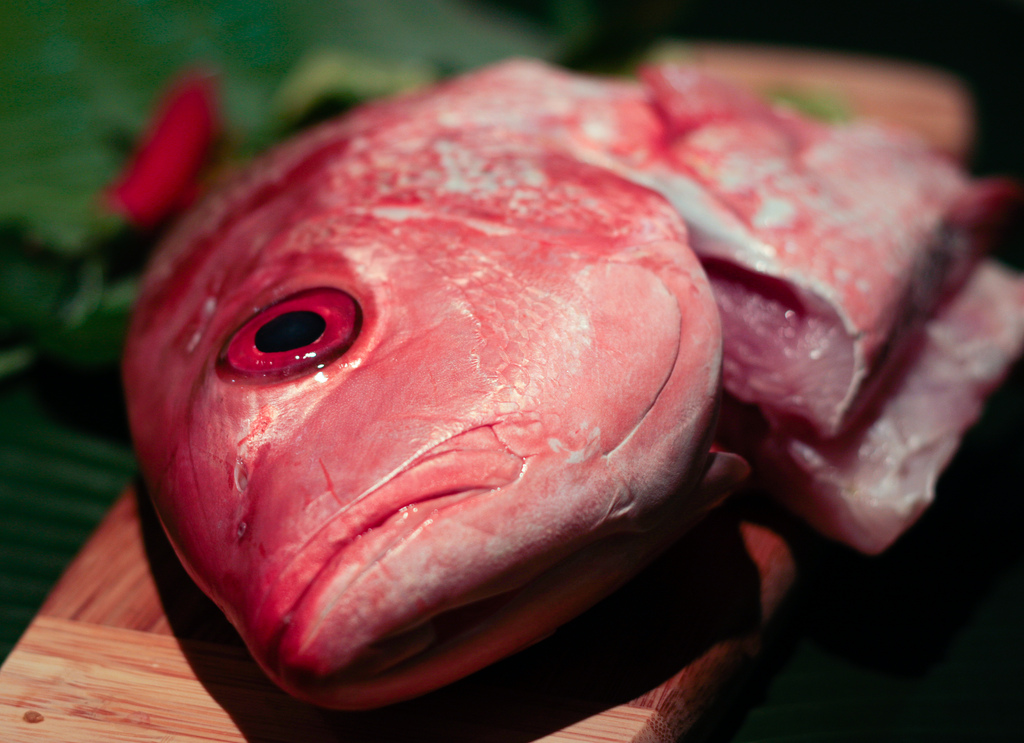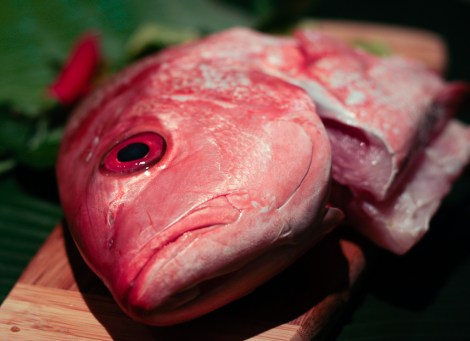Dead fish don’t lie — except for a lot of the ones served in restaurants.
A new study from conservation group Oceana found that 39 percent of New York restaurant fish DNA-tested by the group was mislabeled. That, combined with past studies of Los Angeles (55 percent), Boston (48 percent), and Miami (31 percent), paints a sad and even scary picture of what diners can expect when they sit down at American seafood restaurants.
Mislabeled fish was found at a range of eateries from low- to high-priced, and at every sushi spot tested. The New York Times reports:
In some cases, cheaper types of fish were substituted for expensive species. In others, fish that consumers have been urged to avoid because stocks are depleted, putting the species or a fishery at risk, was identified as a type of fish that is not threatened. Although such mislabeling violates laws protecting consumers, it is hard to detect.
Some of the findings present public health concerns. Thirteen types of fish, including tilapia and tilefish, were falsely identified as red snapper. Tilefish contains such high mercury levels that the federal Food and Drug Administration advises women who are pregnant or nursing and young children not to eat it.
Ninety-four percent of fish sold as white tuna was not tuna at all but in many cases a fish known as snake mackerel, or escolar, which contains a toxin that can cause severe diarrhea if more than a few ounces of meat are ingested.
“There are a lot of flummoxed people out there who are trying to buy fish carefully and trying to shop their conscience, but they can’t if this kind of fraud is happening,” said Kimberly Warner, a senior scientist at Oceana, who led the study.
Restaurateurs say they aren’t doing this on purpose, likening the accuracy of supply-chain information to a game of telephone, which should really boost your confidence.
Andrew Moesel, a spokesman for the New York State Restaurant Association, said that restaurants were victims, too, when it came to fish fraud. “Restaurants would be very concerned that a high percentage of fish are not what they had ordered,” he said. “Unless you’re very sophisticated, you may not be able to tell the difference between certain species of fish when you receive them.”
You might notice when you have toxic severe diarrhea, though, so that’s a helpful indicator!
One surprise of the study: Big-chain grocery stores were found to have the best fish accuracy, better than smaller markets. For now, though, I’d bet American consumers would rather trust retailers’ best judgments than fish their own dinners out of tanks like big-box shoppers do in China.




